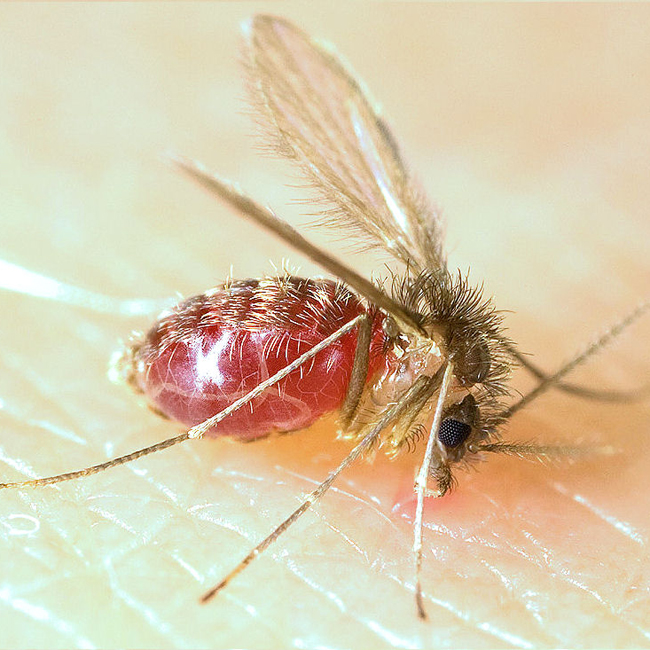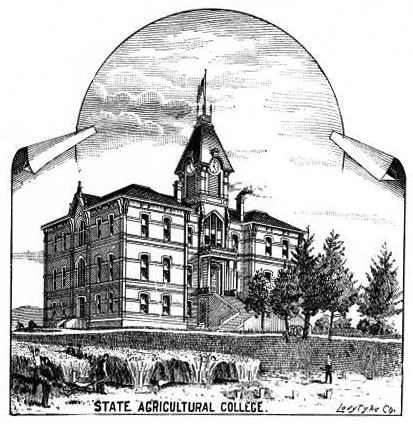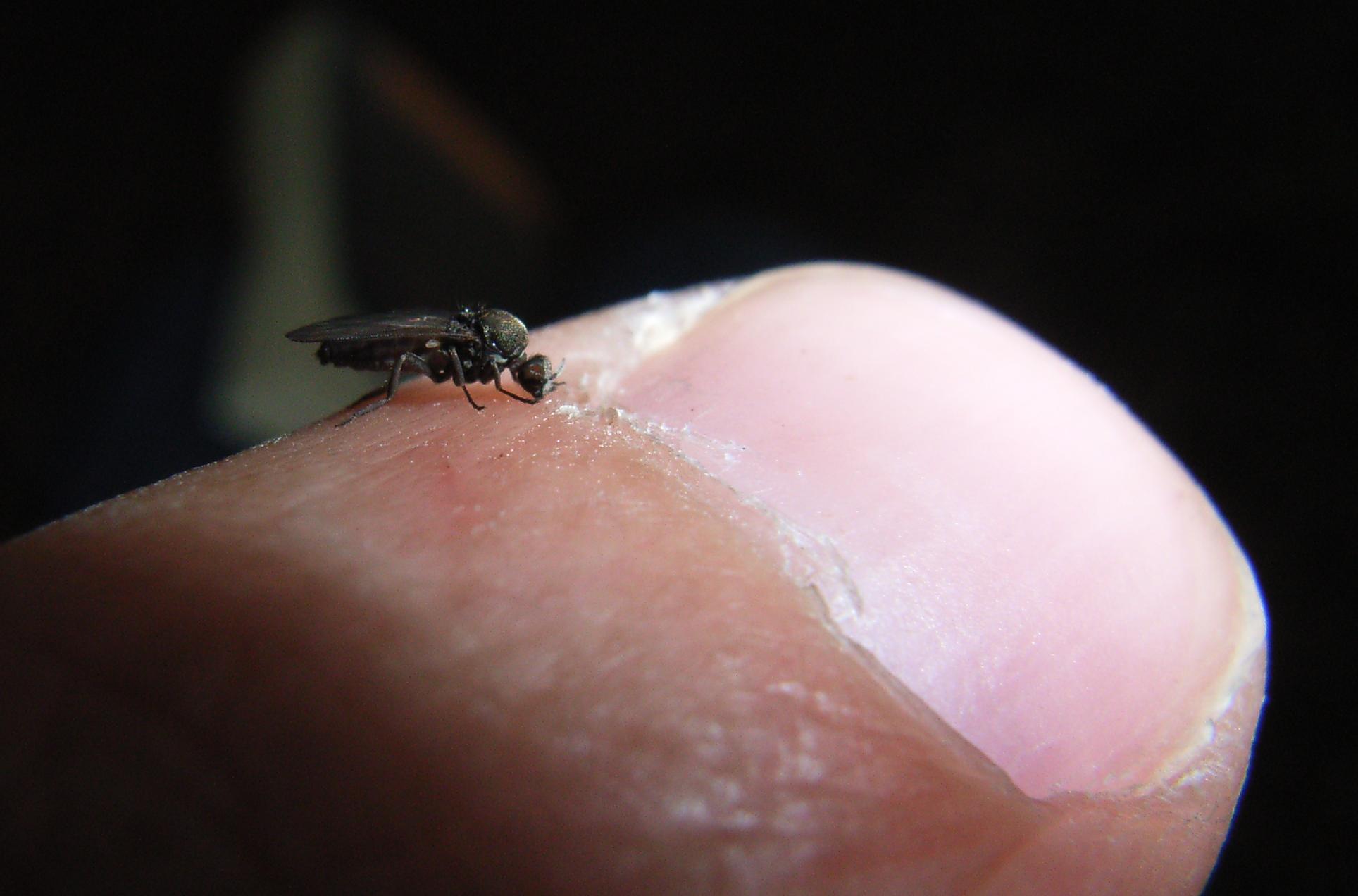|
Paleoleishmania
''Paleoleishmania'' is an extinct genus of kinetoplastids, a monophyletic group of unicellular parasitic flagellate protozoa. At present it is placed in the family Trypanosomatidae. The genus contains two species, ''Paleoleishmania neotropicum'' and the type species ''Paleoleishmania proterus''. The genus is known from the Albian aged Burmese amber deposits of northern Myanmar and the Burdigalian aged Dominican amber deposits on the island of Hispaniola. Etymology The genus name ''Paleoleishmania'' is derived from the Greek ''paleo'' meaning "old" and ''leishmania'' referencing the modern Leishmaniasis-causing genus ''Leishmania''. All trypanosomes are heteroxenous (requiring more than one obligatory host in order to complete life cycle) or are transmitted through some variation of a vector. ''Paleoleishmania proterus'' The genus was described in 2004 by George Poinar Jr. and Robert Poinar in the journal ''Protist'' from amastigotes, promastigotes and paramastigotes preser ... [...More Info...] [...Related Items...] OR: [Wikipedia] [Google] [Baidu] |
Paleoleishmania Neotropicum Amastigotes In Proboscis Of Lutzomyia Adiketis
''Paleoleishmania'' is an extinct genus of kinetoplastids, a monophyletic group of unicellular parasitic flagellate protozoa. At present it is placed in the family Trypanosomatidae. The genus contains two species, ''Paleoleishmania neotropicum'' and the type species ''Paleoleishmania proterus''. The genus is known from the Albian aged Burmese amber deposits of northern Myanmar and the Burdigalian aged Dominican amber deposits on the island of Hispaniola. Etymology The genus name ''Paleoleishmania'' is derived from the Greek ''paleo'' meaning "old" and ''leishmania'' referencing the modern Leishmaniasis-causing genus ''Leishmania''. All trypanosomes are heteroxenous (requiring more than one obligatory host in order to complete life cycle) or are transmitted through some variation of a vector. ''Paleoleishmania proterus'' The genus was described in 2004 by George Poinar Jr. and Robert Poinar in the journal ''Protist'' from amastigotes, promastigotes and paramastigotes preser ... [...More Info...] [...Related Items...] OR: [Wikipedia] [Google] [Baidu] |
Lutzomyia Adiketis
''Lutzomyia adiketis'' is an extinct species of sandfly in the moth fly subfamily Phlebotominae. ''L. adiketis'' is a vector of the extinct ''Paleoleishmania neotropicum'' and both species are solely known from early Miocene Burdigalian stage Dominican amber deposits on the island of Hispaniola. History and classification The species is known solely from the holotype specimen, number # P-3–5, a complete female fly. The specimen is currently residing in the Poinar Amber Collection housed at the Oregon State University in Corvallis, Oregon. The specimen was collected from an unidentified amber mine in the Cordillera Septentrional between Puerto Plata and Santiago de los Caballeros. The specimen was first studied by noted amber researcher George Poinar Jr., from Oregon State University. Poinar published his 2008 type description in the journal ''Parasites & Vectors''. The specific epithet "''adiketis''" was coined by the author as a derivation from the Greek word ('), meaning ... [...More Info...] [...Related Items...] OR: [Wikipedia] [Google] [Baidu] |
Trypanosomes
Trypanosomatida is a group of kinetoplastid excavates distinguished by having only a single flagellum. The name is derived from the Greek ''trypano'' (borer) and ''soma'' (body) because of the corkscrew-like motion of some trypanosomatid species. All members are exclusively parasitic, found primarily in insects. A few genera have life-cycles involving a secondary host, which may be a vertebrate, invertebrate or plant. These include several species that cause major diseases in humans. Some trypanosomatida are intracellular parasites, with the important exception of Trypanosoma brucei. Medical importance The three major human diseases caused by trypanosomatids are; African trypanosomiasis ( sleeping sickness, caused by '' Trypanosoma brucei'' and transmitted by tsetse flies), South American trypanosomiasis ( Chagas disease, caused by ''T. cruzi'' and transmitted by triatomine bugs), and leishmaniasis (a set of trypanosomal diseases caused by various species of ''Leishmania'' tr ... [...More Info...] [...Related Items...] OR: [Wikipedia] [Google] [Baidu] |
Promastigote
Trypanosomatida is a group of kinetoplastid excavates distinguished by having only a single flagellum. The name is derived from the Greek ''trypano'' (borer) and ''soma'' (body) because of the corkscrew-like motion of some trypanosomatid species. All members are exclusively parasitic, found primarily in insects. A few genera have life-cycles involving a secondary host, which may be a vertebrate, invertebrate or plant. These include several species that cause major diseases in humans. Some trypanosomatida are intracellular parasites, with the important exception of Trypanosoma brucei. Medical importance The three major human diseases caused by trypanosomatids are; African trypanosomiasis (sleeping sickness, caused by ''Trypanosoma brucei'' and transmitted by tsetse flies), South American trypanosomiasis (Chagas disease, caused by '' T. cruzi'' and transmitted by triatomine bugs), and leishmaniasis (a set of trypanosomal diseases caused by various species of ''Leishmania'' trans ... [...More Info...] [...Related Items...] OR: [Wikipedia] [Google] [Baidu] |
Leishmania
''Leishmania'' is a parasitic protozoan, a single-celled organism of the genus '' Leishmania'' that are responsible for the disease leishmaniasis. They are spread by sandflies of the genus ''Phlebotomus'' in the Old World, and of the genus ''Lutzomyia'' in the New World. At least 93 sandfly species are proven or probable vectors worldwide.WHO (2010) Annual report. Geneva Their primary hosts are vertebrates; ''Leishmania'' commonly infects hyraxes, canids, rodents, and humans. History Members of an ancient genus of the ''Leishmania'' parasite, ''Paleoleishmania'', have been detected in fossilized sand flies dating back to the early Cretaceous period. The first written reference to the conspicuous symptoms of cutaneous leishmaniasis surfaced in the Paleotropics within oriental texts dating back to the 7th century BC (allegedly transcribed from sources several hundred years older, between 1500 and 2000 BC). Due to its broad and persistent prevalence throughout antiquity as a mys ... [...More Info...] [...Related Items...] OR: [Wikipedia] [Google] [Baidu] |
Dominican Amber
Dominican amber is amber from the Dominican Republic derived from resin of the extinct tree ''Hymenaea protera''. Dominican amber differentiates itself from Baltic amber by being nearly always transparent, and it has a higher number of fossil inclusions. This has enabled the detailed reconstruction of the ecosystem of a long-vanished tropical forest.George Poinar, Jr. and Roberta Poinar, 1999. ''The Amber Forest: A Reconstruction of a Vanished World'', (Princeton University Press) Age A study in the early 1990s returned a date up to 40 million years old. However, according to Poinar, Dominican amber dates from Oligocene to Miocene, thus about 25 million years old. The oldest, and hardest of this amber comes from the mountain region north of Santiago. The ''La Cumbre'', ''La Toca'', ''Palo Quemado'', ''La Bucara'', and ''Los Cacaos'' mining sites in the ''Cordillera Septentrional'' not far from Santiago. Amber has also been found in the south-eastern Bayaguana/Sabana de la Mar a ... [...More Info...] [...Related Items...] OR: [Wikipedia] [Google] [Baidu] |
Phlebotominae
The Phlebotominae are a subfamily of the family Psychodidae. In several countries, their common name is sandfly; but that name is also applied to other flies. The Phlebotominae include many genera of blood-feeding ( hematophagous) flies, including the primary vectors of leishmaniasis, bartonellosis and pappataci fever. In the New World, leishmaniasis is spread by sand flies in the genus '' Lutzomyia'', which commonly live in caves, where their main hosts are bats. In the Old World, sand flies in the genus '' Phlebotomus'' spread leishmaniasis. Phlebotomine females, and only females, suck blood from various mammals, reptiles and birds. Some species are selective, whereas others bite any suitable host they find. Some species can produce one clutch of eggs before their first blood meal; such females are said to practise autogenous or partly autogenous reproduction. Other species need a blood meal before they can produce any eggs at all; they are said to practise anautogenou ... [...More Info...] [...Related Items...] OR: [Wikipedia] [Google] [Baidu] |
Greek Language
Greek ( el, label= Modern Greek, Ελληνικά, Elliniká, ; grc, Ἑλληνική, Hellēnikḗ) is an independent branch of the Indo-European family of languages, native to Greece, Cyprus, southern Italy (Calabria and Salento), southern Albania, and other regions of the Balkans, the Black Sea coast, Asia Minor, and the Eastern Mediterranean. It has the longest documented history of any Indo-European language, spanning at least 3,400 years of written records. Its writing system is the Greek alphabet, which has been used for approximately 2,800 years; previously, Greek was recorded in writing systems such as Linear B and the Cypriot syllabary. The alphabet arose from the Phoenician script and was in turn the basis of the Latin, Cyrillic, Armenian, Coptic, Gothic, and many other writing systems. The Greek language holds a very important place in the history of the Western world. Beginning with the epics of Homer, ancient Greek literature includes many works of l ... [...More Info...] [...Related Items...] OR: [Wikipedia] [Google] [Baidu] |
Oregon State University
Oregon State University (OSU) is a Public university, public Land-grant university, land-grant, research university in Corvallis, Oregon. OSU offers more than 200 undergraduate-degree programs along with a variety of graduate and doctoral degrees. It has the 10th largest engineering college in the nation for 2022. Undergraduate enrollment for all colleges combined averages close to 32,000, making it the state's largest university. Out-of-state students make up over one-quarter of undergraduates and an additional 5,500 students are engaged in graduate coursework through the university. Since its founding, over 272,000 students have graduated from OSU. It is Carnegie Classification of Institutions of Higher Education, classified among "Doctoral Universities – Very high research activity". Chartered as a land-grant university initially, OSU became one of the four inaugural members of the National Sea Grant College Program, Sea Grant in 1971. It joined the National Space Grant Co ... [...More Info...] [...Related Items...] OR: [Wikipedia] [Google] [Baidu] |
Holotype
A holotype is a single physical example (or illustration) of an organism, known to have been used when the species (or lower-ranked taxon) was formally described. It is either the single such physical example (or illustration) or one of several examples, but explicitly designated as the holotype. Under the International Code of Zoological Nomenclature (ICZN), a holotype is one of several kinds of name-bearing types. In the International Code of Nomenclature for algae, fungi, and plants (ICN) and ICZN, the definitions of types are similar in intent but not identical in terminology or underlying concept. For example, the holotype for the butterfly '' Plebejus idas longinus'' is a preserved specimen of that subspecies, held by the Museum of Comparative Zoology at Harvard University. In botany, an isotype is a duplicate of the holotype, where holotype and isotypes are often pieces from the same individual plant or samples from the same gathering. A holotype is not necessaril ... [...More Info...] [...Related Items...] OR: [Wikipedia] [Google] [Baidu] |
Sandfly
Sandfly (or sand fly) is a colloquial name for any species or genus of flying, biting, blood-sucking dipteran (fly) encountered in sandy areas. In the United States, ''sandfly'' may refer to certain horse flies that are also known as "greenheads" (family Tabanidae), or to members of the family Ceratopogonidae. The bites usually result in a small, intensely itchy bump or welt, the strength of which intensifies over a period of 5-7 days before dissipating. Moderate relief is achieved with varying success through the application of over the counter products such as Benadryl (ingested) or an analgesic cream such as After Bite (applied topically). Outside the United States, ''sandfly'' may refer to members of the subfamily Phlebotominae within the Psychodidae. Biting midges (Ceratopogonidae) are sometimes called sandflies or no-see-ums (no-see-em, noseeum). New Zealand sandflies are in the genus ''Austrosimulium'', a type of black fly. In the various sorts of sandfly only the fe ... [...More Info...] [...Related Items...] OR: [Wikipedia] [Google] [Baidu] |

_Trypanosoma_equiperdum.jpg)





